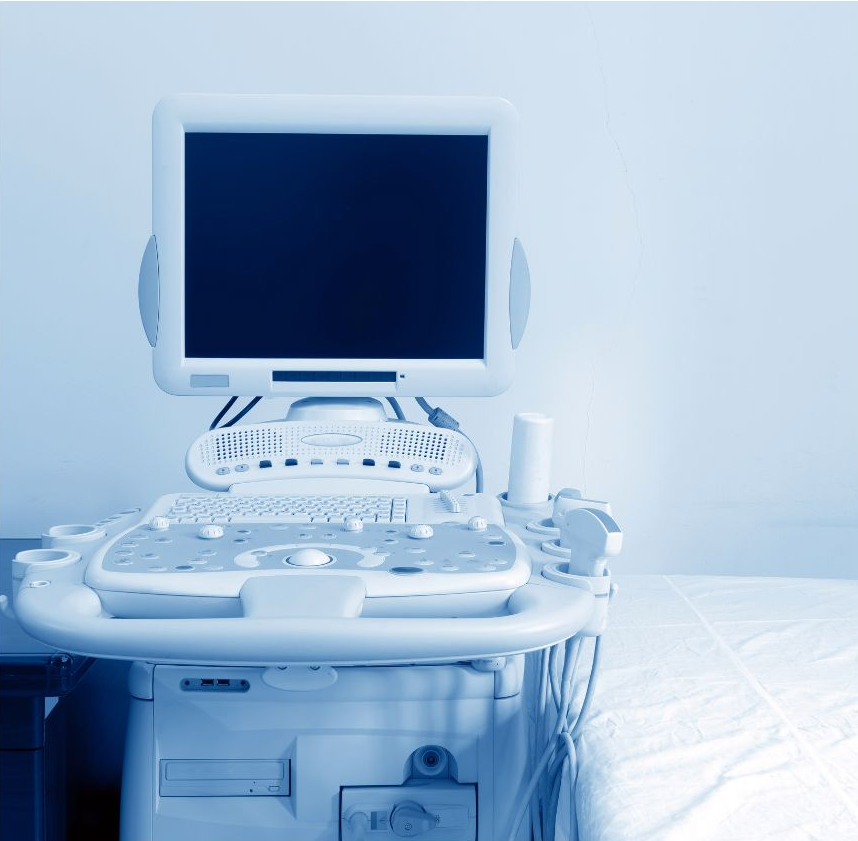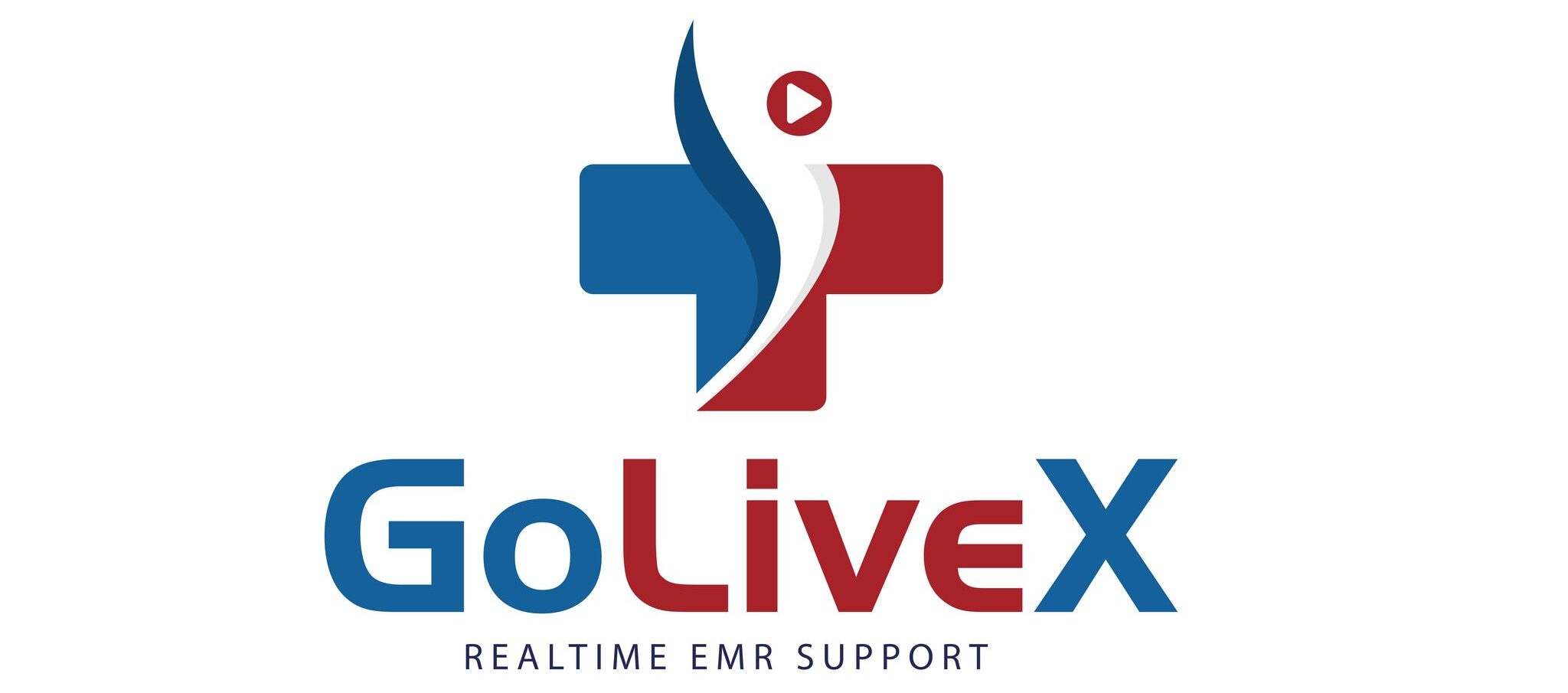Every EMR adoption is a silent revolution; meet the nurses, patients, and IT teams living through it.

There is a hush at dawn in St. Mary’s Hallway, where once the rustle of manila folders wove a constant undercurrent. Now, at the first light, screens glow gently, portals to lives lived in data yet felt in every heartbeat. These are the snapshots of change, where paper gives way to possibility and every click carries a human story.
1. The Night-Shift Nurse and Her Whispered Relief
At 3 AM, fatigue drapes itself over Nurse Elena like a heavy shawl. In years past, she would trudge to the chart room, coffee in one hand, pen in the other, hunting for yesterday’s notes amid stacks of paper. Now, she taps her tablet at the bedside.
“I remember the nights rifling through folders, the fear of missing a note, and the guilt if I did,” she says, voice low. “Tonight, with one glance, I know Mrs. Bennett’s blood sugar trend. I can comfort her rather than battle paperwork.”
In that quiet glow, Elena finds her compassion reborn, unfettered by forms, guided by data that breathes in time with her patients.
2. A Veteran’s Return: Healing Beyond Scars
John, a Marine vet, returns for his monthly check-in. He’s accustomed to routine, to ticking off boxes on intake forms, and to retelling his history for a dozen different hands. But something has shifted.
His EMR feeds forward the notes from his previous visit: pain levels, medication adjustments, and even his daughter’s prayer card sketch uploaded by social work. When Dr. Liu greets him, she already knows his story; no retelling is required.
“It was the first time I felt truly seen,” John admits, eyes glinting. “Not a file, but a person, remembered.”
In the absence of paper, trust fills the space, an invisible thread weaving past to present.
3. The IT Architect’s Quiet Triumph
Behind the scenes, IT lead Marcus watches the final cart of filing cabinets wheel away from Radiology. Months of relentless training, countless rounds of feedback sessions, and a week of sleepless deployment have led to this: zero downtime, zero lost images, and zero tears save those of relief.
“We built a cloud-native archive that indexes every scan as it happens,” he explains, pride softening his exhaustion. “When a surgeon in Boston needs a chest X-ray from Birmingham, it appears instantly. No courier, no delay, just care on demand.”
His triumph is invisible to most, yet its impact radiates through every saving.
4. The Surgeon Redeeming Time
In the operating suite, Dr. Ramirez closes her eyes before the first incision. Once, she’d review paper charts while scrubbed, risking contamination or misreading scribbles. Now, a sterile touchscreen floats beside her; gestures summon notes, lab values, and real-time vitals without a single glove change.
“I feel invincible,” she laughs, though the relief in her tone is real. “I’m not toggling between workarounds. I’m present with my hands, my mind, and my patient.”
In that union of scalpel and screen, the surgeon rediscovers the sacred space of focus.
5. The Family’s Quiet Gratitude
In a sunlit waiting room, the Hernandez family clutches their phones. They track Om’s mom’s recovery through a patient portal that feels more like a companion than a system, with daily check-ins, medication reminders voiced in Spanish, and care-team messages that land like warm letters.
“Before, we feared being left in the dark,” Mr. Hernandez confides. “Now, when the nurse updates her progress, we exhale together as a family.”
Here, paperlessness carries the light of connection, illuminating lives beyond hospital walls.
These are not case studies. They are moments of tiny revolutions of care, compassion, and clarity. When the last sheet of paper dissolves into electrons, what remains is more than efficiency. It is the essence of healing: the touch, the gaze, and the memory that binds caregiver to patient.
In 2025, going paperless is not just an IT milestone; it is a reclaiming of humanity, one quiet revolution at a time.
